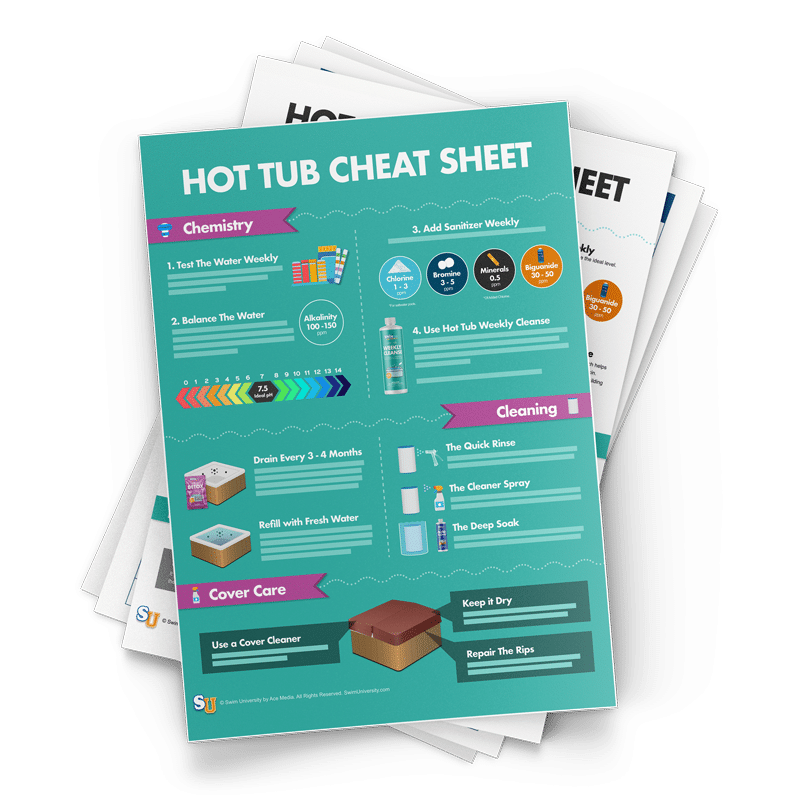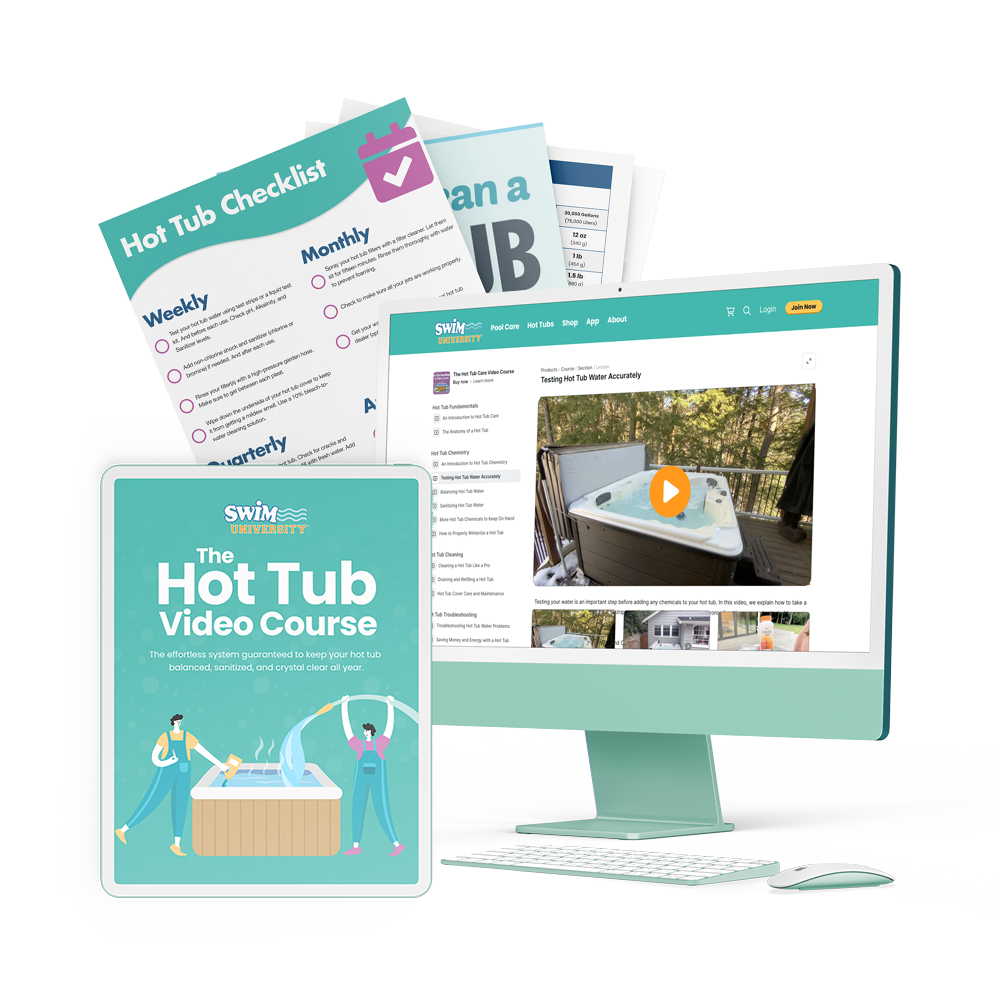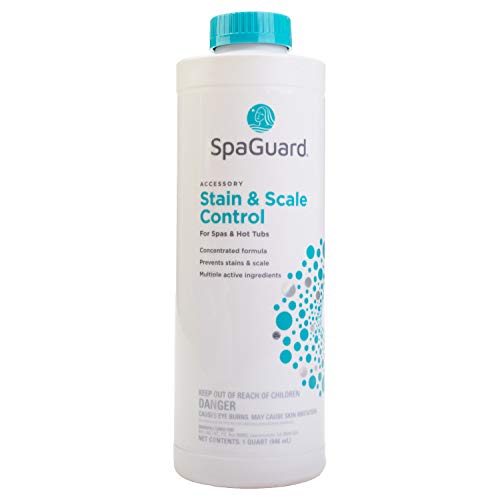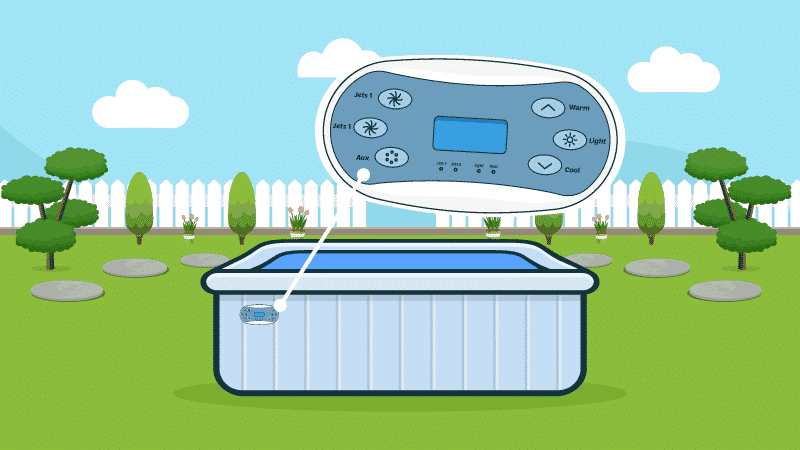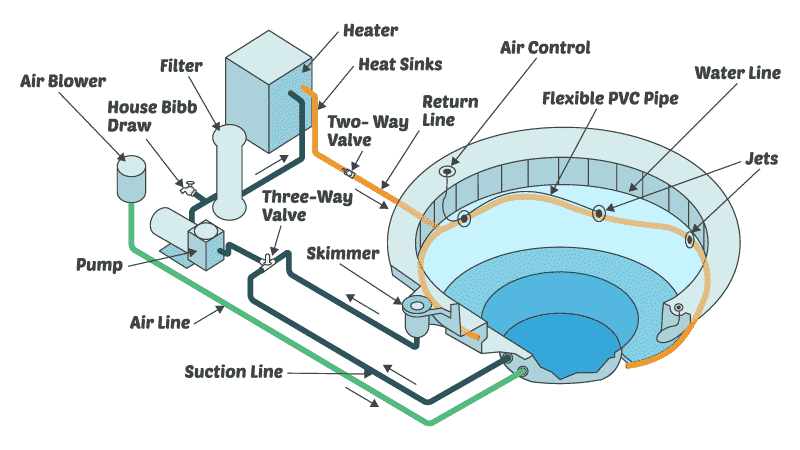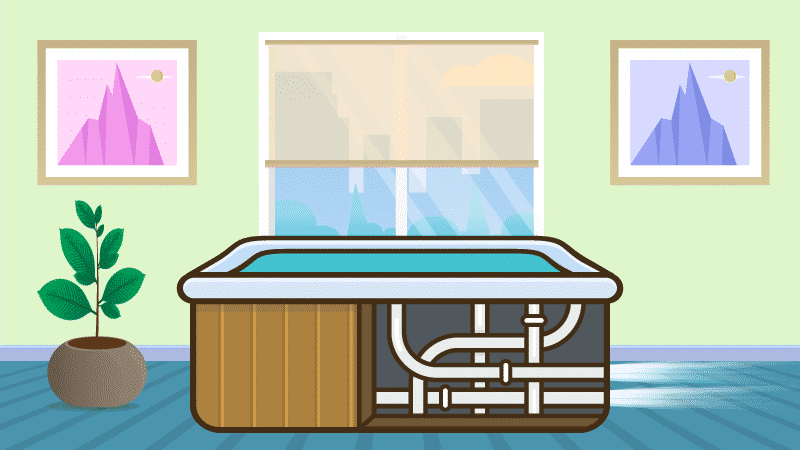The Complete Guide to Hot Tub Jets
They’re such tiny parts of your spa, yet they’re crucial. Without hot tub jets moving the water around, you’re basically just sitting in a big bathtub, and if you can’t add bubble bath, it’s just no fun. (Note: Please don’t put bubble bath in your hot tub.)
The point is, jets make a spa what it is. If you haven’t given them much thought before, it’s time to get to know them a little better.
My fool-proof system for keeping any hot tub clean and clear at all times. Our course covers every type of hot tub, including portable spas, inflatable hot tubs, inground hot tubs, swim spas, and more. This is the LAST and ONLY hot tub guide you'll need.
How Do Hot Tub Jets Work?
You know they push water into the tub and provide a nice massage when you sit up against them. What you may not know is how.
The jets depend on the movement of water to produce that bubbly effect we love so much. Understanding how hot tub jets work is knowing the basics of hot tub plumbing.
- Water exits the hot tub via the suction line; the suction is created by the hot tub pump.
- The water flows through the pump into the filter where debris and contaminants are removed.
- The filtered water moves into the heater where it passes over the heating element and is heated.
- The water enters the return line.
- The water moves through the return line to the hot tub jet’s entrance, where the magic happens.
- The inner portion of the jet narrows, and then widens again at the exit, which is the part visible in the hot tub shell; picture a sideways hourglass.
- Physics happens.
- Water and air are both expelled from the jet and into the hot tub.
- The process starts over.
That step where the physics happens? That’s called the Venturi effect. The hourglass shape of the inner pipe causes the water’s speed to increase as it flows through the narrow middle portion. At the same time, the pressure inside the pipe decreases.
The air around the jet has a higher pressure than the water as it exits the jet. This causes that air to be forced into and mix with the stream of water, so you end up with a bubbly stream coming out of the jet and into the hot tub for your enjoyment.
This video explains it a lot better:
Like any other part of your spa, the hot tub jets may malfunction from time to time. Learn what to look for before you call a potentially expensive repair expert.
How to Troubleshoot Hot Tub Jets
If you begin to notice the hot tub jets just aren’t working the way they should, they’re not too difficult to troubleshoot, and possibly even fix yourself.
Important: Before you begin any type of hot tub repair, turn the unit off, and turn the breaker off to ensure no electricity is running to the hot tub.
Mobile Jets Become Fixed
If your hot tub jets are supposed to move, but you can no longer adjust them, you may have a hard water problem. The increased calcium content in the water can create hot tub scale, which can build up, harden, and essentially lock up the jets.
The first thing to do is test the hot tub water to determine whether calcium hardness is actually the problem. If it is, you can try using a descaler. If that doesn’t work, you may need to drain and clean the hot tub, giving the jets a good scrubbing with a brush to remove the scale.
If your water source has a high level of calcium and magnesium, use a hose filter when you refill the tub to reduce the probability of this happening again.
Build-up of scale or calcium carbonate can potentially harm both the surface of your spa and its circulation system. The product in question effectively prevents scale by releasing potent compounds that adhere to calcium ions in your spa water, which are often the cause of such issues.
Reduced or No Pressure
Sometimes, when you drain and refill your hot tub, air can get into the plumbing lines. It may become trapped inside the pump, causing it to lock up, thereby preventing it from being able to move water through the system. As a result, there’s little to no pressure coming out of the hot tub jets.
This is fixed by bleeding the air from the pump. Locate the discharge pipe on the pump, and loosen the coupling, but don’t completely remove it. If you remove it, you may not be able to get it back on due to the pressure from the pump.
Turn the pump back on, and listen for the air to be expelled via the discharge pipe. You should hear a hissing sound. Once the air has been removed, you should see a column of water coming from the system. Tighten the coupling, and you’re done.
Also, make sure you keep the plumbing and the hot tub jets clean to prevent any kind of buildup from impeding air flow.
Don't let your hot tub fill with hard-to-remove gunk. Clear out the gunk and keep your hot tub water fresh. It removes gunk in your pipes caused by lotions, sunscreens, cosmetics, etc.
Reduced Water Flow
If you notice the hot tub jets pulsate rather than providing a steady flow of water, it’s likely there’s a water flow problem.
First, check the water level in the hot tub. Make sure it is filled to the correct level recommended by the manufacturer. If the water level is too low, air could be finding its way into your system, causing the jets to pulsate.
If the water level isn’t too low, it could be that the filter has become too dirty or clogged, and is impeding water flow. Remove and clean the filter, or replace it if it’s worn out. Put the filter back, turn the system back on, and check the flow.
If it’s neither of those possibilities, you could have a more serious problem. It’s possible you have a blockage in the hot tub lines. Try to locate a blockage. If you can’t find one, it may be that your pump is shot and needs to be replaced.
This is a 2-speed pump that takes 240 volts and pumps out 4 horsepower.
Don’t Be Afraid to Call a Pro
If none of these remedies work, or you’re just not comfortable tackling the issue on your own, just call a pro. Better to get it fixed properly than possibly void the warranty or break it worse, right?
It’s No Jetpack, But We’ll Take It
Until we can fly around like George Jetson, hot tub jets are going to have to suffice for providing fun and relaxation. We could do a lot worse.
Keep your hot tub clean, the jets and plumbing clear, and the equipment maintained, and you’ll be able to enjoy your spa well into the future.
Happy Soaking!
3 Ways We Can Help With Your Hot Tub
- Hot Tub Cheat Sheets (Free): Easy-to-use guides to help you keep your hot tub water balanced and sanitized.
- The Hot Tub Handbook: An illustrated guide to DIY hot tub care, including water chemistry, maintenance, troubleshooting, and more.
- The Hot Tub Care Course. You’ll get step-by-step videos and a step-by-step downloadable guide with everything you need to know about hot tub maintenance.
